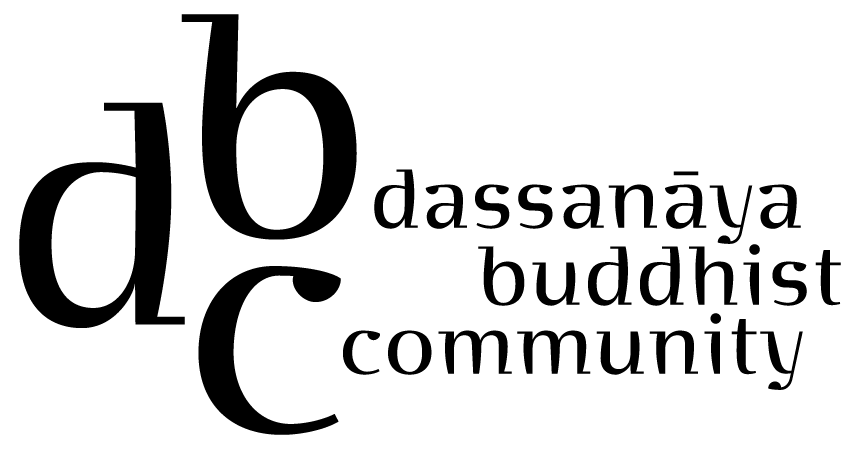Choices Along the Way
The Noble Eightfold Path is by definition a path of transformation. It is a Path by which we move from being confused about what it means to be human to experiencing what is real about our lives, about our bodies and minds. On this Path, we make choices that shape the direction of the transformation. Of course, change is never fully within our control but, intentionally or unintentionally, we still choose the way in which we will walk the Path. Folks make different choices when walking the Path and, for that reason, there are many different Buddhist schools, traditions, lineages, and texts. As a monastic who is fully ordained in two Buddhist traditions, I am aware of having made distinct choices along the way about how I dress, act and teach, how I meditate and how I eat. Those choices reflect my understanding of how to embody the wisdom of the Dharma, as it has evolved over my decades of practice.
Recently, I found that I had to make a clear choice about the way in which I am walking the Path. I had to make a choice in order to maintain my integrity as a teacher and a practitioner. There are three aspects to this choice of another direction.
First, monastics hold extremely different views regarding their responsibilities - their responsibilities toward their traditions, toward the ancient texts, and toward each other. As I see it, one of the primary responsibilities of monastics is to be a source of clarity about the ancient texts and about the teachings of our traditions. Like all practice, being a source of clarity is a work in progress, one that must respond to the personal and social conditions that present themselves moment by moment. However, I do not want to lose sight of the fact that our practice is part of a thread that reaches back to inspiring teachers who lived more than 2600 years ago. If those noble beginnings of the Path are obscured, then something extremely valuable is lost and is no longer part of the training. So, for me, the ancient Buddhist texts and teachings are a treasure that must be protected and understood, even as I work to find contemporary ways of expressing my lived, embodied experience of them. These views about monastic responsibility inform the offering I am making with my life, and I aspire to make them a more explicit part of what I practice and teach.
Second, I can best fulfill my vow to practice for the benefit of all beings by establishing a community that comes into balance by honoring women’s participation. This shift is particularly important for the Theravada tradition, but also relevant to Zen. I believe that it is possible to benefit from the discipline and intention of practice while moving beyond structures that bind us to hierarchies based on gender and seniority, and top down decision making. This requires thoughtful training and organization, choices that create opportunities for personal expression within and alongside the traditional forms of meditation and chanting.
Third, I feel that deep meditation practice is the bedrock of Buddhism. It is the place in which we discover for ourselves the truth of the ancient texts, the wisdom that they hold. And it requires a steady, diligent effort to work with the mind, hour after hour on the meditation seat. I aspire to explore early Buddhist meditation in even greater depth and breadth, and to make meditation instruction a key aspect of my offering.
In order to fully express these aspirations, I plan to establish a new community in Northern Virginia. This community will use foundational texts from both the Theravada and Mahayana. It will be based on the principles of Buddhist women’s spiritual movements that have valued inclusion and broad participation. I envision a community in which everyone benefits from the ancient teachings and in which everyone finds the Dharma expressed within their lives. And it will offer meditation instruction and opportunities. This new community will begin with the recognition that each one of us has the full capacity to embody the wisdom of the ancient Dharma, if we have conditions that are supportive for discovering it and manifesting it.
I hope that you, the reader, will feel welcome to participate in this new community in Virginia. I hope that you will be a part of this manifestation of the Path as it is born anew in the state known as the birthplace of the nation. I hope that you will come to rest in a community that fosters peace in the state known as the place where both the Revolutionary and Civil Wars ended. I hope that we will all blossom in this new community as it blossoms amidst the Potomac River Highlands.
